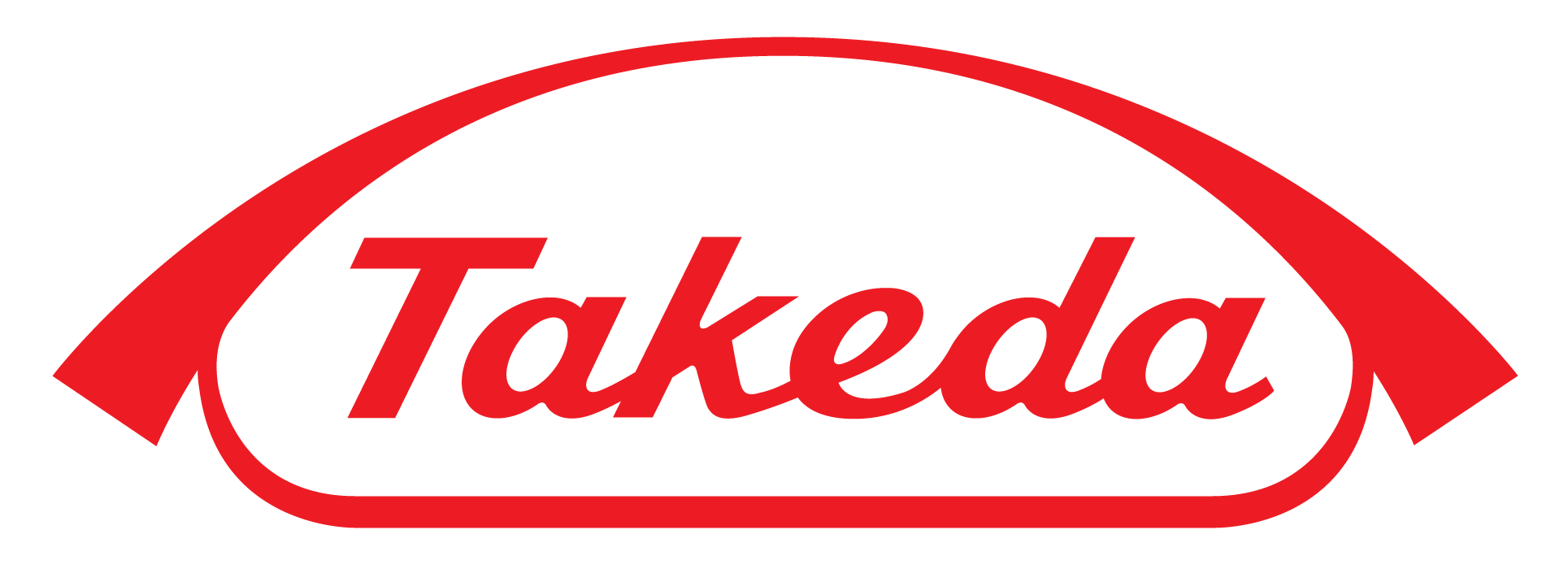
CEPROTIN (human protein C): Dosing and administration
HOW TO RECONSTITUTE AND ADMINISTER CEPROTIN®
CEPROTIN® is administered by intravenous injection after reconstitution of the powder for solution with Sterilised Water for Injections.1,2
Treatment with CEPROTIN® should be initiated under the supervision of a physician experienced in substitution therapy with coagulation factors/inhibitors where monitoring of protein C activity is feasible.1,2
How to reconstitute and administer CEPROTIN®:1,2
-
Reconstitute the lyophilised CEPROTIN® powder for solution for injection, with the supplied solvent (Sterilised Water for Injections) using the sterile transfer needle.
-
Gently rotate the vial until all powder is dissolved. After reconstitution the solution is colourless to slightly yellowish, clear to slightly opalescent, and essentially free from visible particles.
-
Draw the solution through the sterile filter needle into a sterile disposable syringe. A separate unused filter needle must be used to withdraw each vial of reconstituted CEPROTIN®. The solution should be discarded if particulate matter is visible.
-
The reconstituted solution should be administered immediately by intravenous injection, at a maximum injection rate of 2 ml per minute except for children with a body weight of <10 kg, where the injection rate should not exceed a rate of 0.2 ml/kg/min.
As with any intravenous protein product, allergic type hypersensitivity reactions are possible. Administration should be made within reach of life-supporting facilities.1,2
Please refer to the Summary of Product Characteristics (Ceprotin 500 IU | Ceprotin 1000 IU) for complete
information on Dosage and Administration.1,2
CEPROTIN® DOSING
Consult Summary of Product Characteristics before prescribing
Treatment with CEPROTIN® should be initiated under the supervision of a physician experienced in substitution therapy with coagulation factors/inhibitors where monitoring of protein C activity is feasible1,2
The dose should be adjusted on the basis of laboratory assessment for each individual case1,2
Treatment of acute episodes and short-term prophylaxis
A protein C activity of 100 % (1 IU/ml) should be achieved initially and the activity should be maintained above 25 % for the duration of the treatment.1,2
An initial dose of 60 to 80 IU/kg for determination of recovery and half-life is advised1,2
-
The measurement of protein C activity using chromogenic substrates is recommended for the determination of the patient's plasma level for protein C before and during treatment with CEPROTIN®
- The dosage should be determined on the basis of laboratory measurements of protein C activity see Summary of Product Characteristics for details of frequency of measurement.
If the response to CEPROTIN injection is satisfactory, dosing may be gradually reduced to 12 hourly dosing ensuring trough protein C activity >25%.1,2
If you receive prophylactic administration of protein C, higher trough levels may be warranted in situations of an increased risk of thrombosis (such as infection, trauma, or surgical intervention). 1,2
Long-term prophylaxis
For the long-term prophylactic treatment, a dose of 45 to 60 IU/kg every 12 hours is recommended. Measurement of the protein C activity should be performed to ensure trough levels of 25% or more.
In rare cases, subcutaneous infusion of 250 - 350 IU/kg has produced therapeutic plasma protein C levels in patients with no intravenous access.
If the patient is switched to permanent prophylaxis with oral anticoagulants, protein C replacement is to be discontinued only when stable anticoagulation is obtained.1,2 See Summary of Product Characteristics (Ceprotin 500 IU | Ceprotin 1000 IU) for details, particularly in relation to use with Vitamin K antagonists (e.g. warfarin).
Please refer to the Summary of Product Characteristics for complete information on Dosage and Administration.
CEPROTIN® is indicated for prophylaxis and treatment of purpura fulminans coumarin-induced skin necrosis and venous thrombotic events in patients with severe congenital protein C deficiency.1,2
-
CEPROTIN® 500 IU Summary of Product Characteristics.
-
CEPROTIN® 1000 IU Summary of Product Characteristics.


